Kirigami 3.0
Programmable Kirigami
A Project by Jenny Sabin Lab
Cornell University
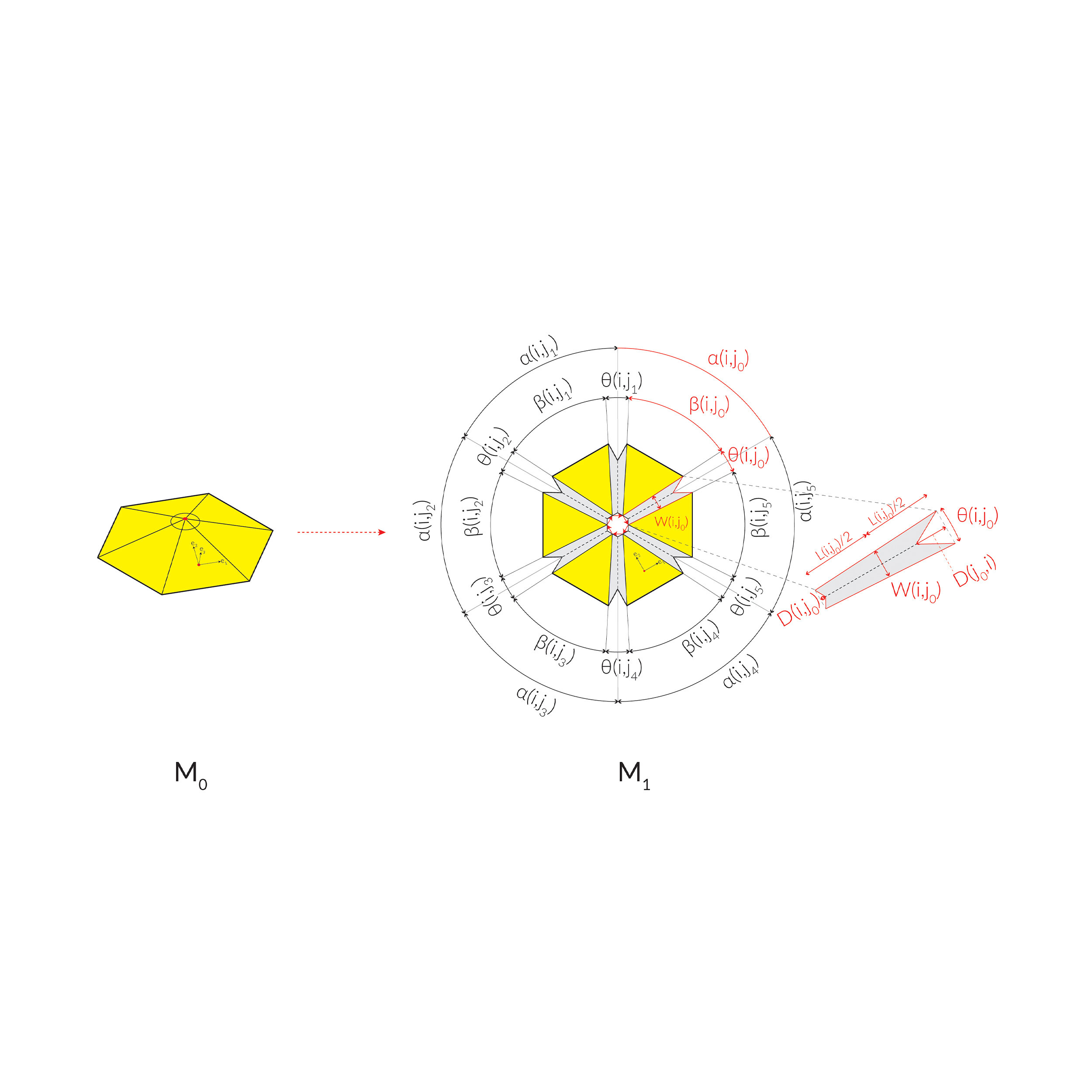
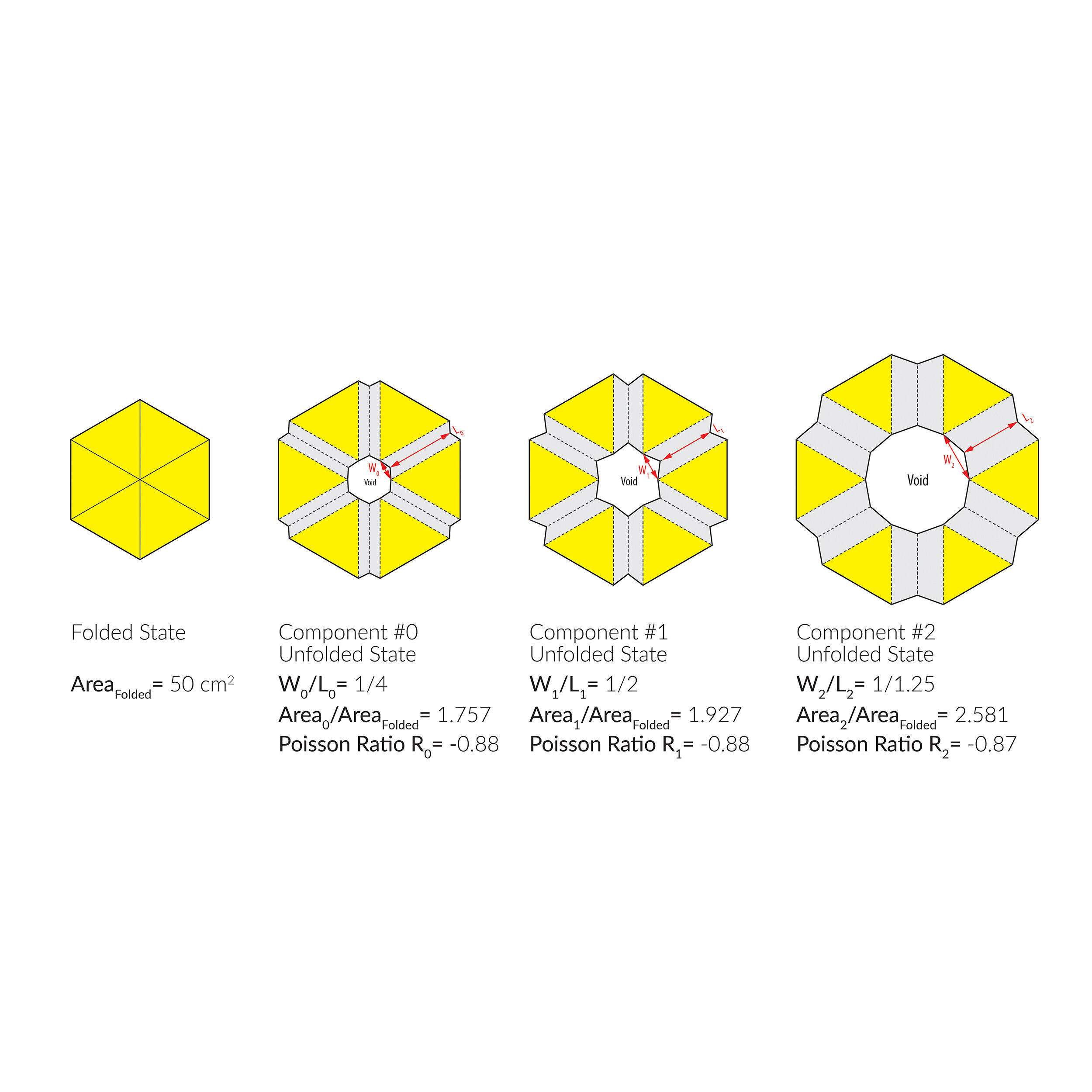
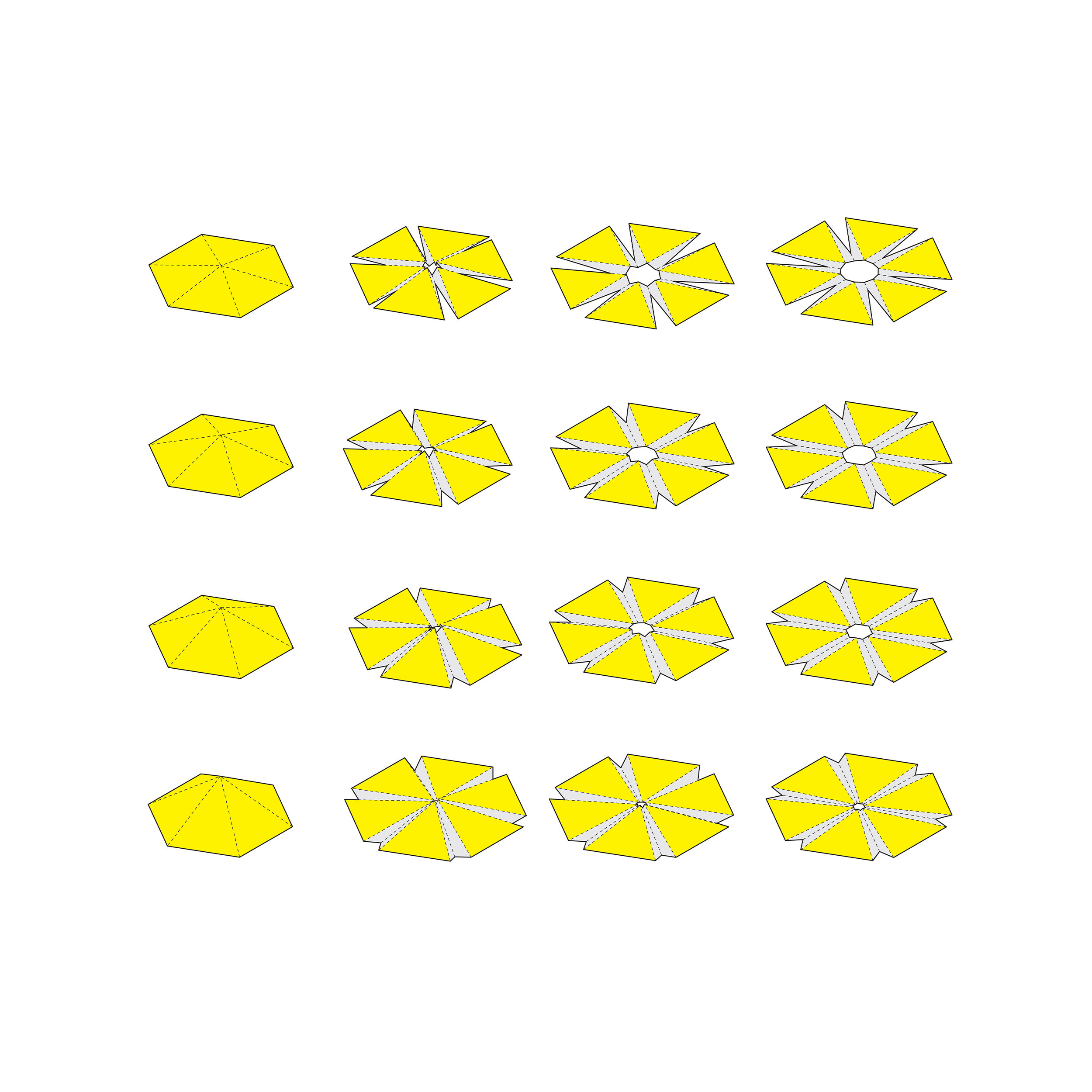

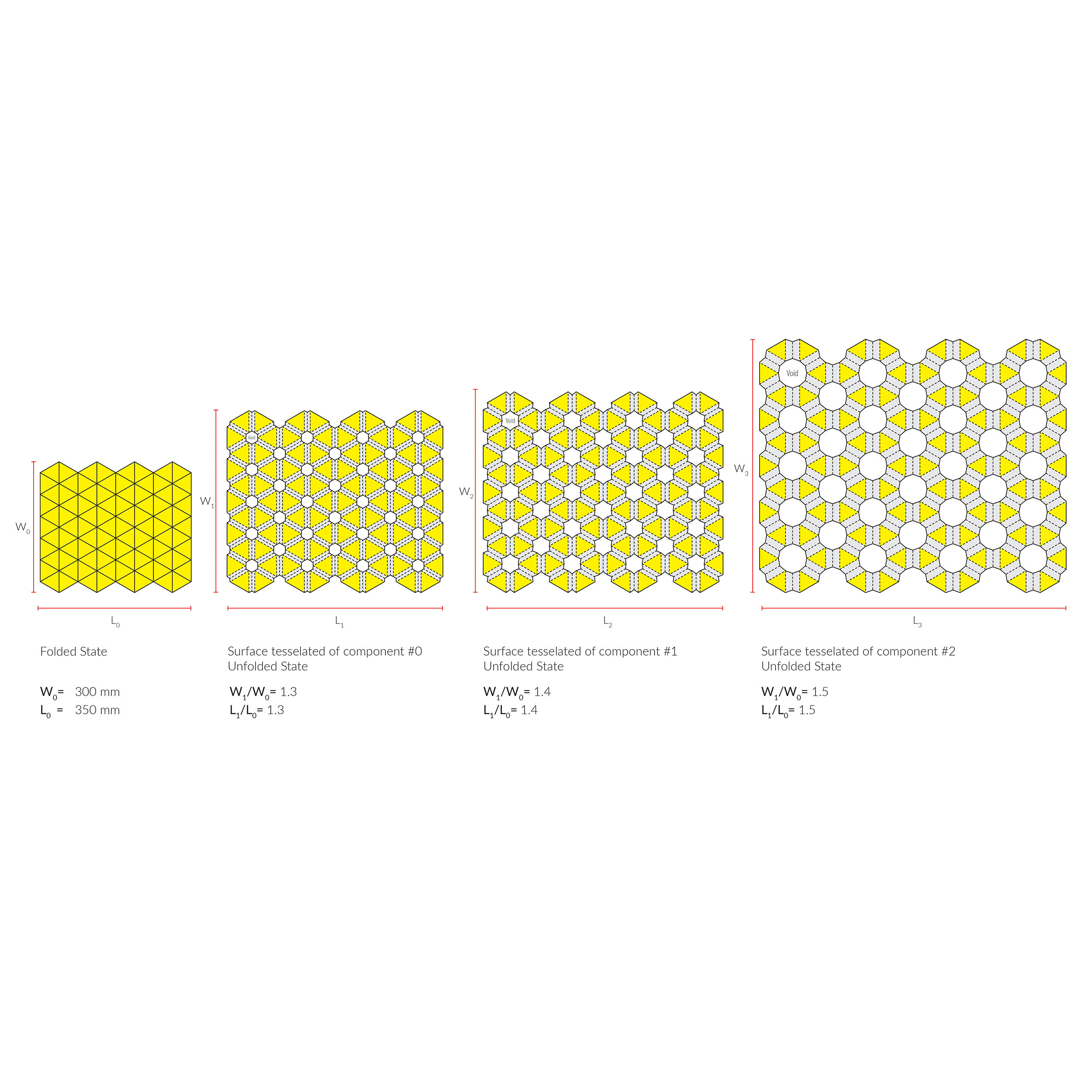

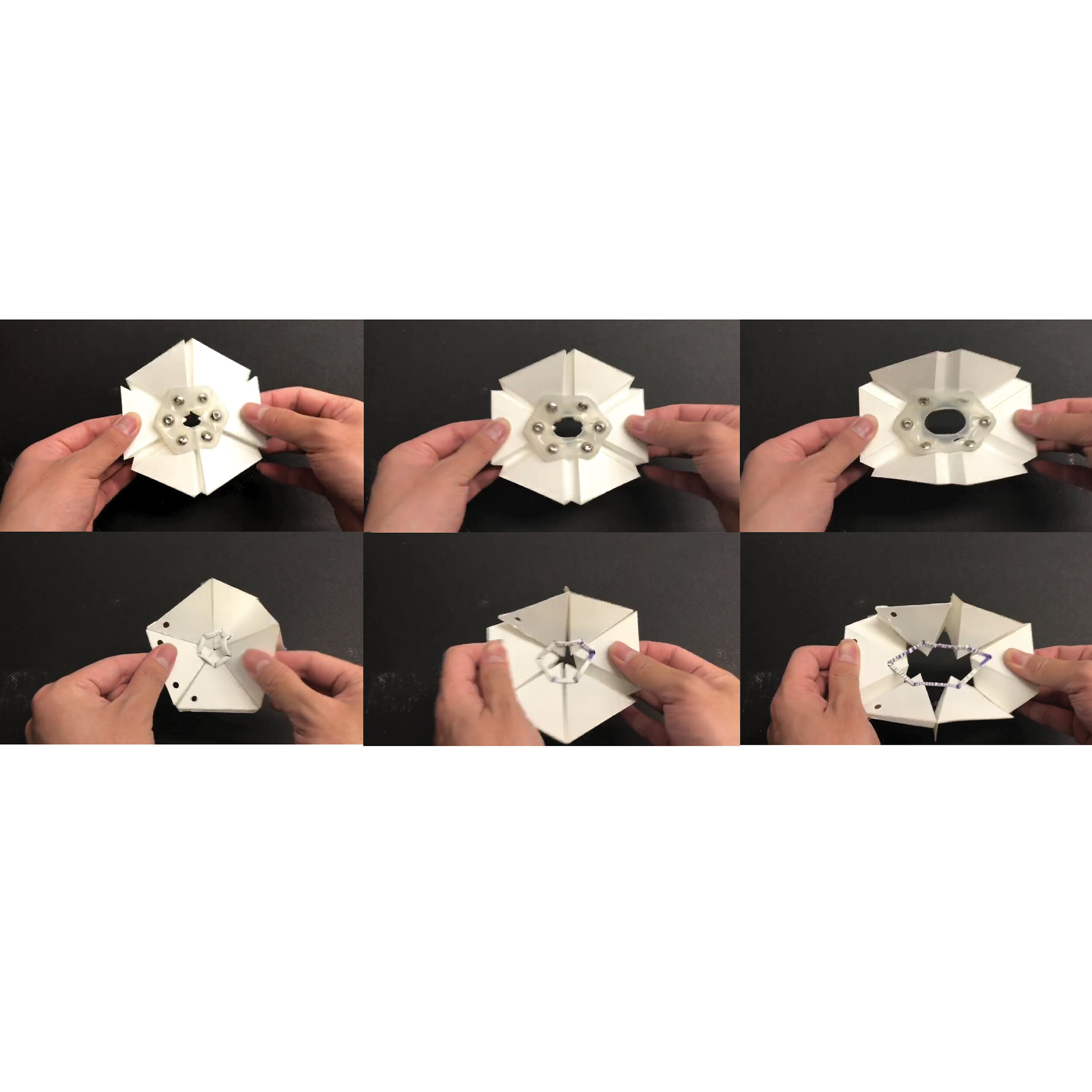
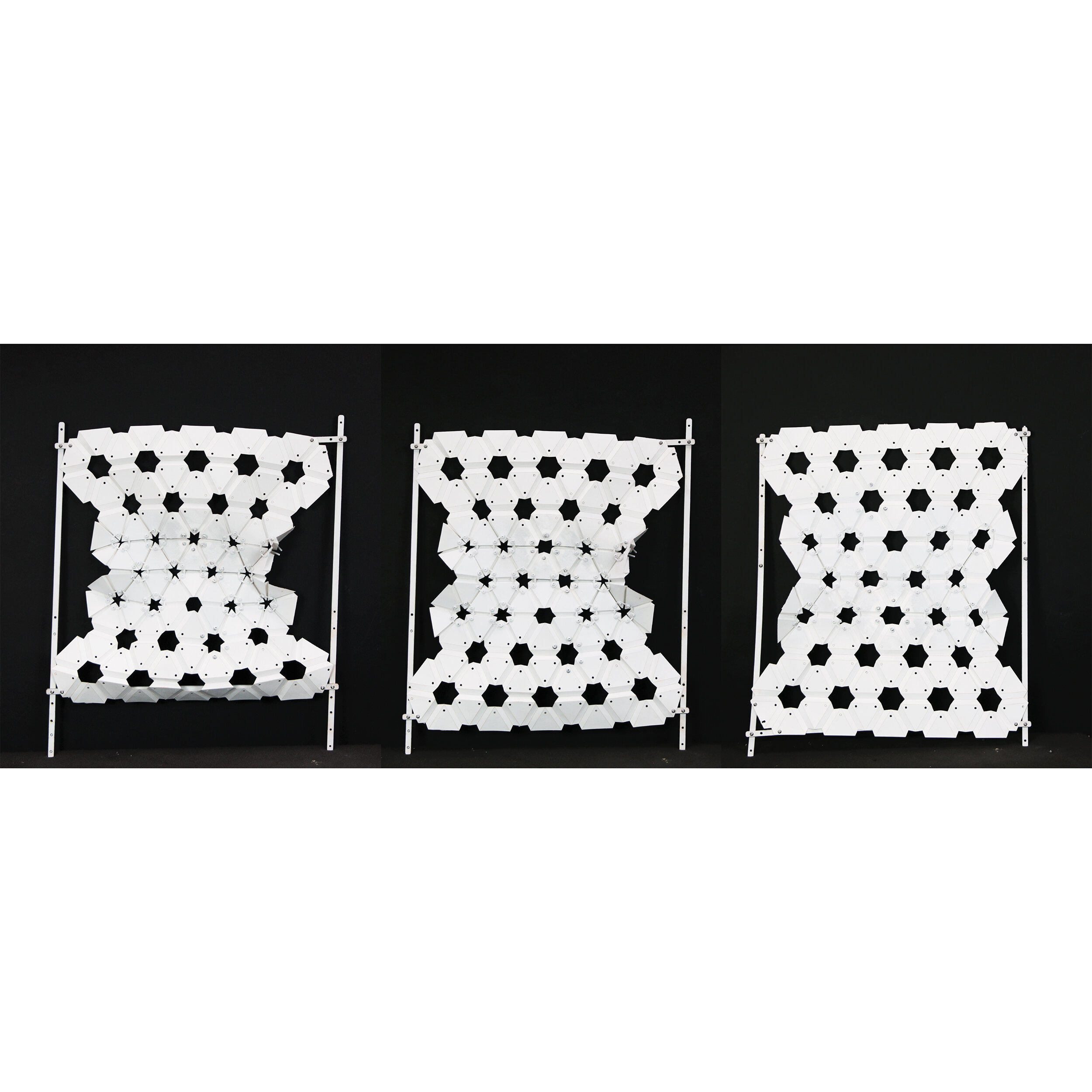
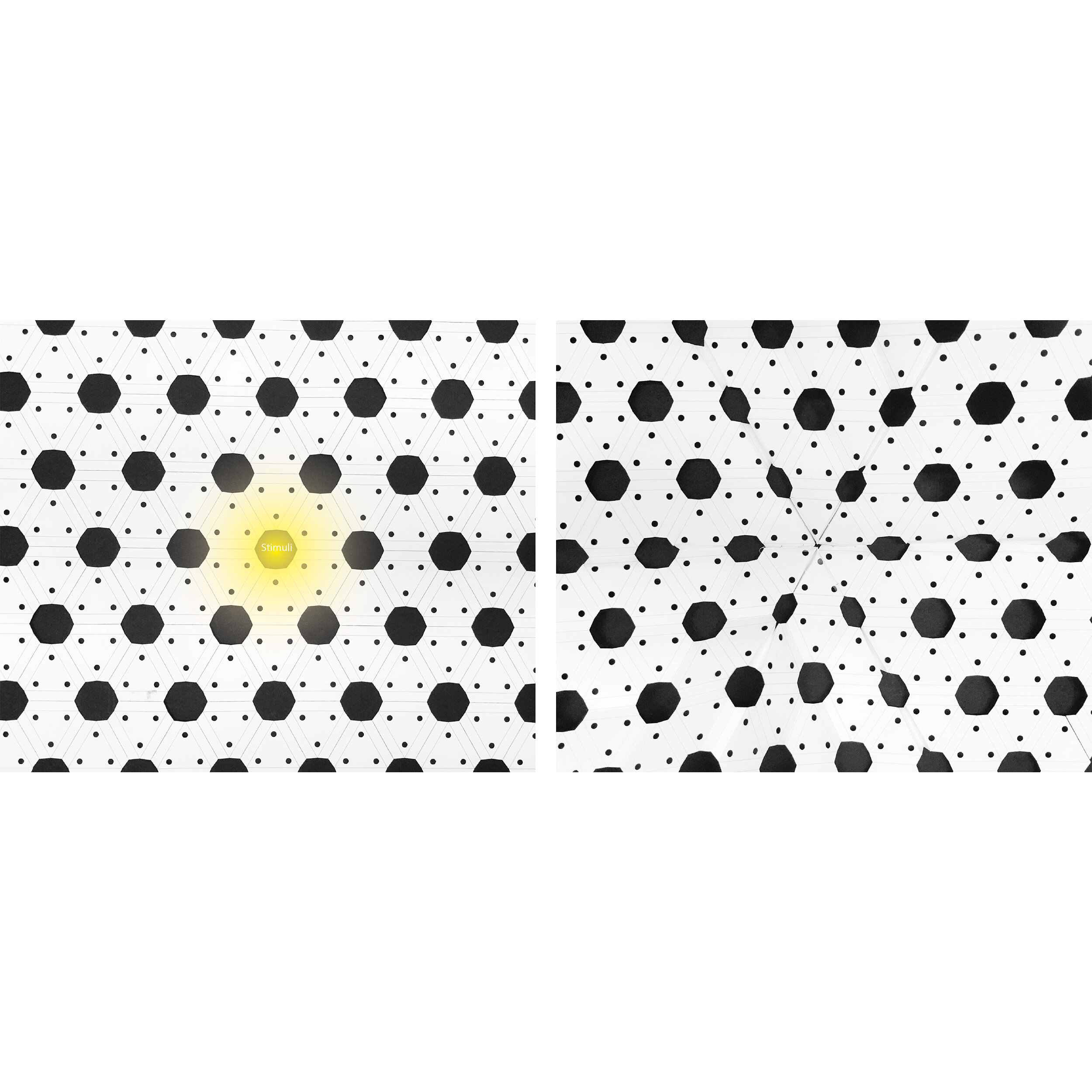
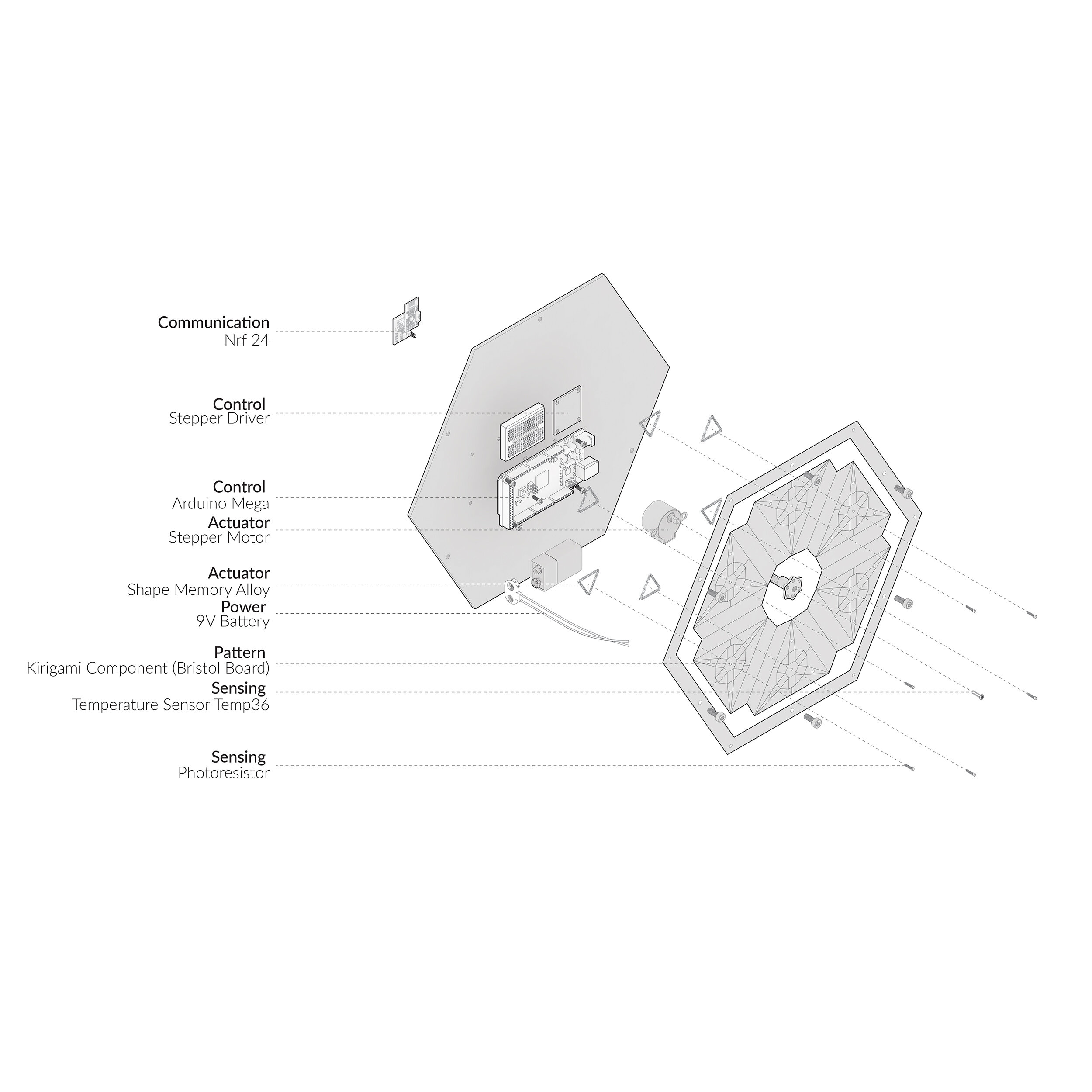

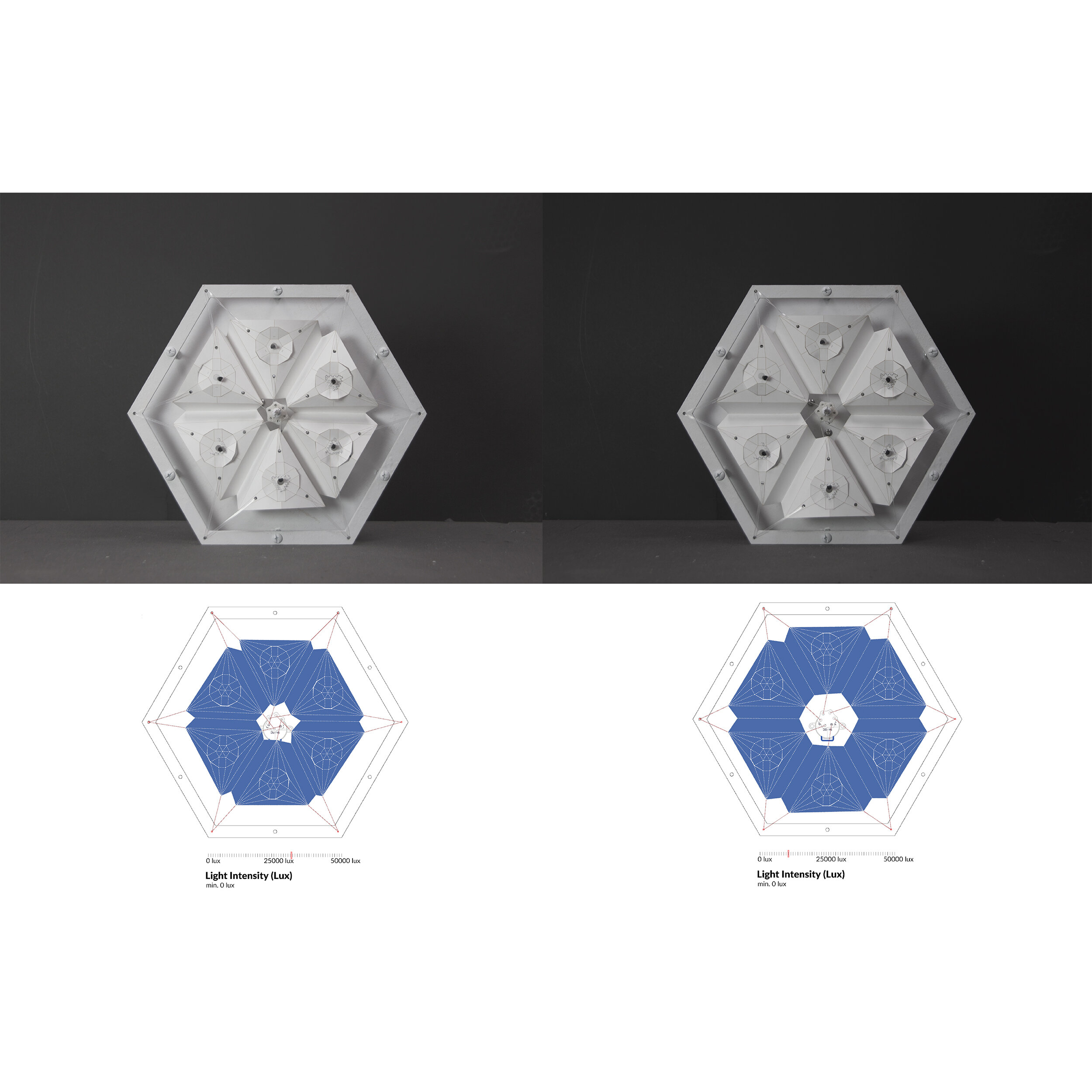
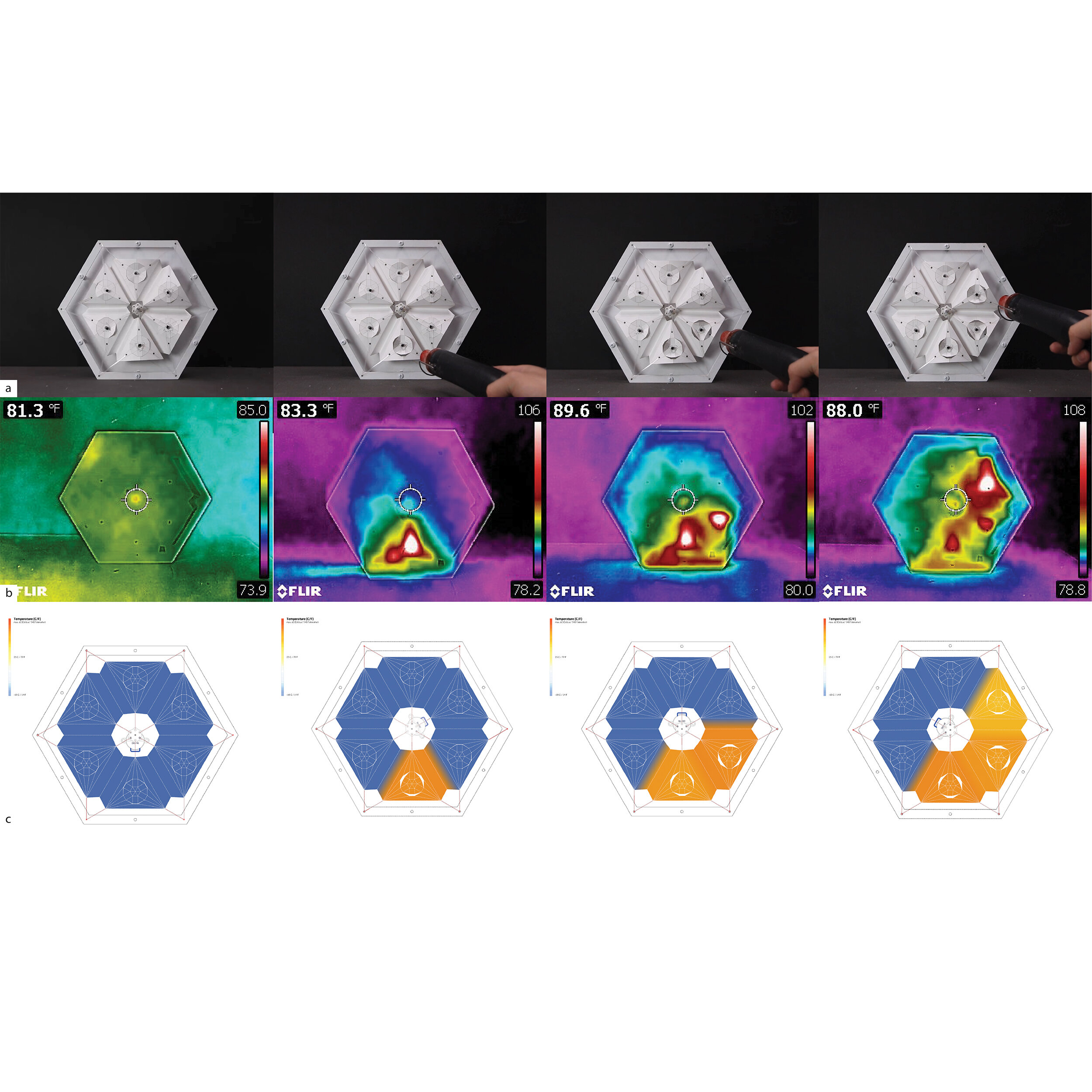
Abstract
This paper investigates the potential of kirigami-folding with the addition of strategically placed cuts at multiple scales through both computational design and physical prototyping. The study develops a novel method and workflow for generating two-dimensional (2D) kirigami patterns developed from doubly curved three-dimensional (3D) surfaces (Inverse process). Corresponding simulations of the kirigami folding motion from 2D pattern to 3D goal shape are presented (Forward process). The workflow is based on a reciprocal feedback loop including computational design, finite element analysis, dynamic simulation and physical prototyping. Extended from previous research on kirigami geometry, this paper incorporates material properties into the folding process and successfully develops active kirigami models from the DNA scale to human scale. The results presented in this paper provide an attractive method for kirigami design and fabrication with a wide range of scales and applications.
NSF EFRI ODISSEI: Cutting and Pasting - Kirigami in Architecture, Technology, and Science (KATS)
Kirigami from the Japanese kiru, “to cut,” offers a previously unattainable level of design, dynamics, and deployability to self -folding and -unfolding materials from the molecular to the architectural scale. To achieve this we will cut and join DNA-polymer hybrids to build on the nanoscale and, simultaneously, use three-dimensional printing and modeling to study and prototype geometries on the macroscopic scale. Jenny Sabin and Dan Luo, professor of biological and environmental engineering, are among the lead investigators on a research project to produce “buildable, bendable and biological materials” for a wide range of applications. Sabin and Luo shared a $2 million, four-year NSF grant with University of Pennsylvania researchers Randall Kamien, physics, and Shu Yang, materials science. The project is intended to bring new ideas, motifs, portability and design to the formation of intricate chemical, biological and architectural materials.
